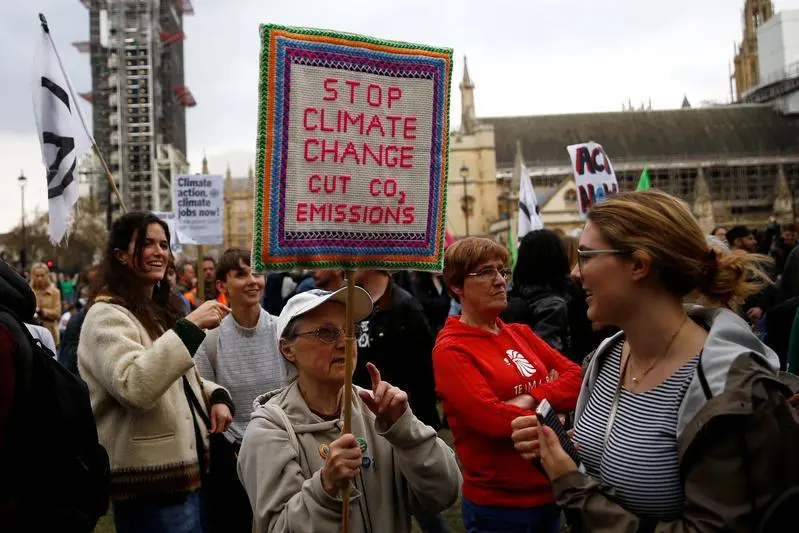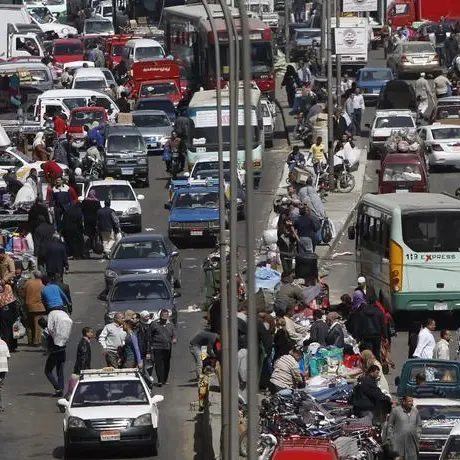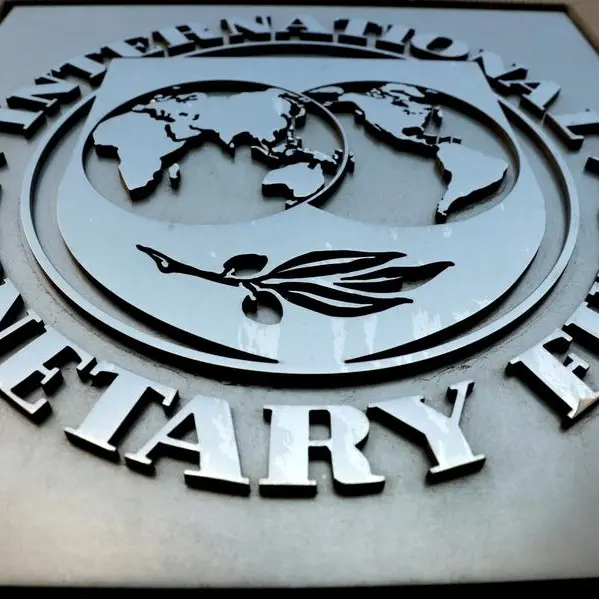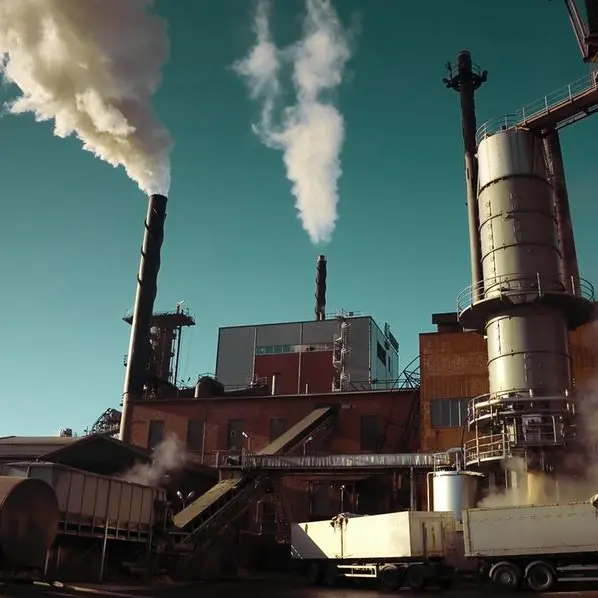PHOTO
PARIS - Central bankers are professional worriers. So it’s hardly surprising that they are increasingly fretting about climate change. When it comes to changing behaviour, they can at best nudge rather than shove.
The boss of the Bank of France, François Villeroy de Galhau, warned last week that climate change was probably in the long run going to be a stagflationary shock – one that would dent economic output and lift prices. The Frenchman told asset manager Amundi’s annual investment forum in Paris how dry weather last year caused water levels to fall in the Rhine river, an important shipping route for commodities. That led to supply bottlenecks and production problems for German companies. The French central bank is part of a network of monetary authorities and financial regulators which is looking at how to better assess climate risks for financial institutions.
In terms of actively preventing climate change, however, policymakers have less scope to intervene. Stress-testing bank loans for the effects of a warmer planet would give lenders more incentive to focus on such exposure. Villeroy also suggested central banks might take climate risks into account when assessing the financial risks of collateral that lenders post to obtain liquidity. Both measures would, at the margin, lower the cost of borrowing for companies that emit less carbon.
However, Villeroy was wary of central banks prioritising purchases of green bonds – an idea that is sometimes dubbed “green quantitative easing”. Not only is the pool of such assets small, there are no uniform standards.
Taxes are a more effective way of changing the public and corporate behaviour that contributes to carbon emissions. In many countries, especially in Europe, fiscal policy did less than monetary policy to combat recession and deflation after the financial crisis a decade ago. It can play a bigger role in fighting climate change.
Trying to do too much could also see central banks venture too far from their core purpose of safeguarding price, economic and financial stability. That would jeopardise their independence, which is already under attack from politicians from the United States to India.
Central banks are perfectly capable of multitasking. And there’s little point sticking to a narrow inflation objective while ignoring a potential climate catastrophe. Even so, there are limits to how much policymakers can – or should – intervene.
On Twitter https://twitter.com/swahapattanaik
CONTEXT NEWS
- Central banks should consider climate change risks not only as part of ensuring financial stability but also when setting monetary policy, European Central Bank governing council member François Villeroy de Galhau said on June 13.
- "If you look at the economic effect of climate change, it's probably in the long run a stagflationary shock with higher prices and lower economic output,” Villeroy, the governor of the Bank of France, said at French asset manager Amundi’s annual investment forum in Paris.
- The Amundi conference was held on June 13 and 14.
- The European Central Bank is holding its annual forum on central banking in Sintra, Portugal on June 17-19. The topic for 2019 is “20 Years of European Economic and Monetary Union”.
- For previous columns by the author, Reuters customers can click on PATTANAIK/
- SIGN UP FOR BREAKINGVIEWS EMAIL ALERTS http://bit.ly/BVsubscribe
(Editing by Peter Thal Larsen and Bob Cervi) ((swaha.pattanaik@thomsonreuters.com; Reuters Messaging: swaha.pattanaik.thomsonreuters.com@reuters.net))












